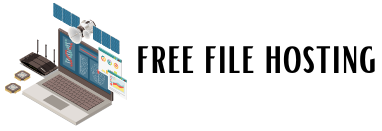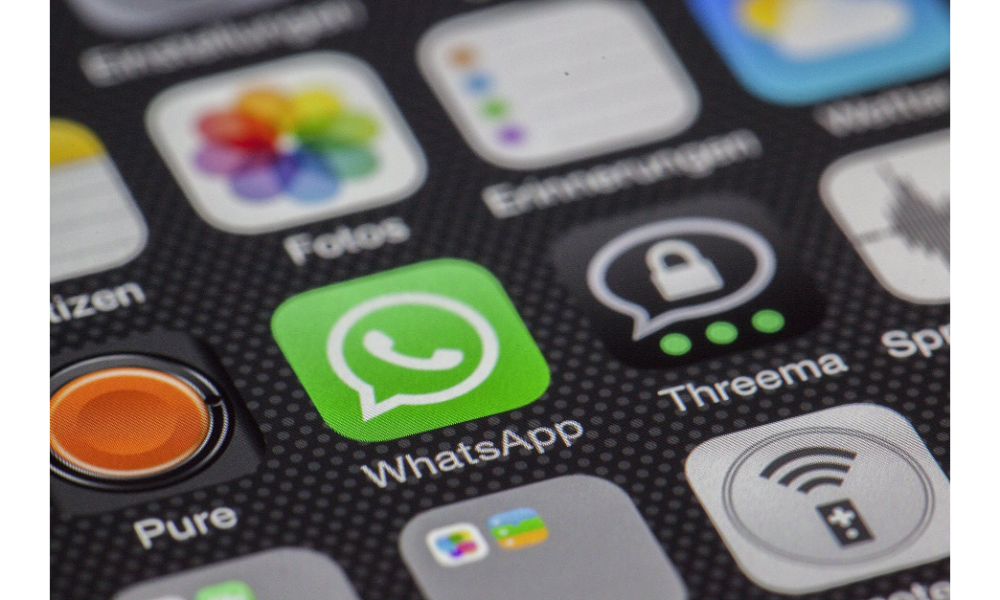Dynamic Link Libraries (DLLs) play an important role in the functioning of your Windows operating system. They are responsible for handling everything from graphics to networking, and they are used in the majority of software applications. Since DLLs are shared by multiple programs, they have to be properly managed to ensure the smooth functioning of your system. In this article, we’ll share some tips on how to efficiently manage dll download for your system.
Dynamic Link Library (DLL) files are critical for system stability, which is why you must know how to manage them efficiently. These files contain executable functions and can be used by multiple programs simultaneously, but issues can arise if there are outdated or incomplete DLLs. So, how can you efficiently manage DLL downloads for your system? Keep reading to find out.
1. Scan DLL files for malware
Before downloading a DLL file from any website, it’s important to scan it with an up-to-date antivirus program. Many websites offer free downloads of DLL files, but some of them may contain harmful viruses or malware that can cause serious harm to your computer. In some cases, the malware may even masquerade as a DLL file, tricking you into believing that it’s safe to download.
2. Choose a reliable website
To reduce the risk of downloading malicious DLL files, choose a reliable website to download them from. Some websites may offer pirated or counterfeit DLL files, which may contain harmful viruses. Before downloading a DLL file from a website, make sure it is trustworthy and respected. You can also check user reviews or comments to make sure that other users have had positive experiences with the website.
3. Keep DLL files up-to-date
It’s important to keep your DLL files up-to-date to ensure that your system runs smoothly and efficiently. When new updates become available, install them promptly to avoid any issues with software or program performance. Some software applications may also require specific DLL files to be installed in order to function properly, so always read the software requirements before downloading any DLL files.
4. Always check file compatibility
Before downloading a DLL file, it’s important to ensure that it is compatible with your system. If you download a DLL file that’s not compatible with your operating system or software application, it may cause major issues such as your system crashing or malfunctioning. To avoid any compatibility issues, always check the file requirements before downloading any DLL files.
5. Use a DLL manager
To efficiently manage DLL downloads for your system, consider using a DLL manager. A DLL manager is a software tool that automatically checks for missing or outdated DLL files and downloads and installs the required files. This makes updating your DLL files much easier and faster, reducing the chances of errors or issues occurring. Popular DLL managers include DLL-Files Fixer and DLL Downloader.
6. Update your system’s DLLs regularly
Keeping your DLLs up-to-date is crucial in maintaining system stability. If a particular DLL is outdated, you might face errors while running different applications. There are different methods available that help you update your DLLs like the Microsoft Windows Update website, which checks your system for any missing or outdated library files and installs the necessary updates. Ensure that you regularly check for updates to keep everything running smoothly.
7. Use a DLL Suite Program
Using a DLL Suite program can be incredibly helpful in managing your DLL downloads. It’s a complete package that scans your system for outdated or missing DLL files, and then, it repairs and updates them, making your system more stable and reducing the risk of errors and crashes. Such a program can also help you optimize your system performance, making it run smoother and faster. Plus, it’s easy to use and takes little time to download and install.
8. Get DLLs from trusted sources
It’s essential to get your DLLs only from trusted and verified sources ascybercriminals often disguise phishing malware or viruses in such files. While it can be tempting to download DLL files from the internet, always make sure you’re downloading them from a trusted and secure website. You can also scan downloaded files with an antivirus scanner to minimize the risk of infection.
9. Take a System Restore point
While managing DLL files, it’s best to be cautious, in case things go wrong. Therefore, it’s a good idea to take a System Restore point before making any changes to your DLL files. If anything happens and creates issues in your system, you can always go back to the earlier saved state. A System Restore point not only gives you peace of mind but also helps you troubleshoot any problems that might come up.
10. Register DLL files correctly
Whether you’re installing a new DLL or updating an existing one, it’s essential to register it correctly. Sometimes, a DLL might not work correctly, even if it’s installed correctly if it’s not registered. Registering files correctly can be all the difference between smooth system operations and dealing with multiple errors. You can use either the Command Prompt or a graphical user interface to register DLL files, depending on your needs and your technical expertise.
Conclusion:
Properly managing DLL downloads is crucial to ensure that your system runs smoothly and efficiently. Always make sure to scan DLL files for malware, choose a reliable website, keep files up-to-date, check file compatibility, and consider using a DLL manager for optimal performance. By following these tips, you can help keep your system running smoothly and avoid any potential issues that result from poorly managed DLL files.
Managing DLLs is important for the smooth and efficient running of your system, but it comes with many challenges you can face. Keeping DLL files up-to-date, using DLL Suite programs, getting DLLs from trusted sources, taking a System Restore point, and registering DLLs correctly are some of the ways to ensure your system functionality is not disrupted. These tips will help you take care of the essential DLL files and avoid system crashes, errors, and instability. So, always be diligent and keep your system in top-notch condition.



